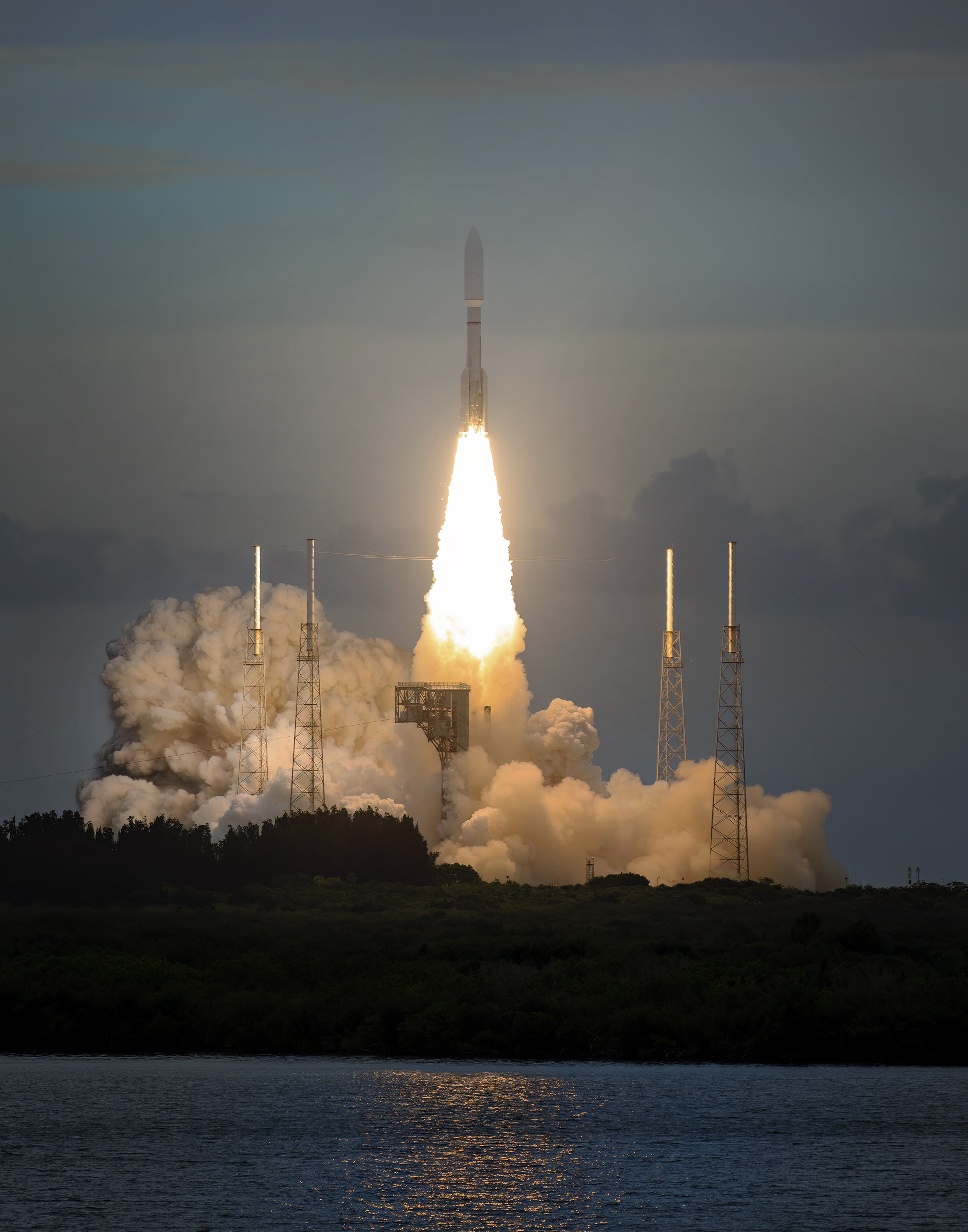
The US Space Force’s (USSF) geosynchronous Earth orbit (GEO) wide field of view (WFOV) testbed has received the ‘first light’ data from its sensor.
Announced by Space Systems Command (SSC), the first light milestone was achieved on 25 October and comes after the completion of GEO WFOV calibration.
The calibration was initiated by the SSC’s Resilient Missile Warning, Tracking, Defense (MW/MT/MD) and Integration Acquisition Delta in collaboration with the Tools, Applications, and Processing Laboratory (TAP Lab).
Launched aboard the USSF-12 mission on 1 July, the GEO WFOV is a new large-format sensor deployed to provide Overhead Persistent InfraRed (OPIR) capabilities in GEO to enhance the country’s hypersonic missile warning and tracking capabilities.
The testbed also offers target identification/characterisation capabilities that allow the warfighters to quickly identify, track and deter missile threats.
A month after its launch, the GEO WFOV testbed went online and completed bus checkout in August.
According to SSC, the WFOV sensor data will also offer the ability to identify fast/slow-moving missiles and other re-entry vehicles.
All the new improvements together will provide greater battlespace awareness and technical intelligence capabilities, as well as enable future capability developments.
TAP Lab director Steve Polliard said: “TAP Lab is ready to play a critical role in first light and subsequent calibration and experimentation phases that will lay the foundation to operationalise WFOV.
“We’re proud to be part of a tightly integrated team that brings together world-class researchers, developers, analysts, subject-matter experts, and operators, ready to realise the full potential of this tremendous new asset in space.
“WFOV will enable us to showcase TAP Lab’s unique ability to extract meaningful information from OPIR data while hosting critical ground functions such as mission planning and mission data processing.”



